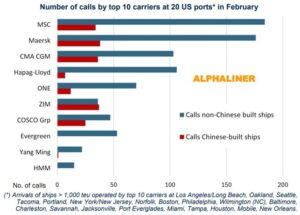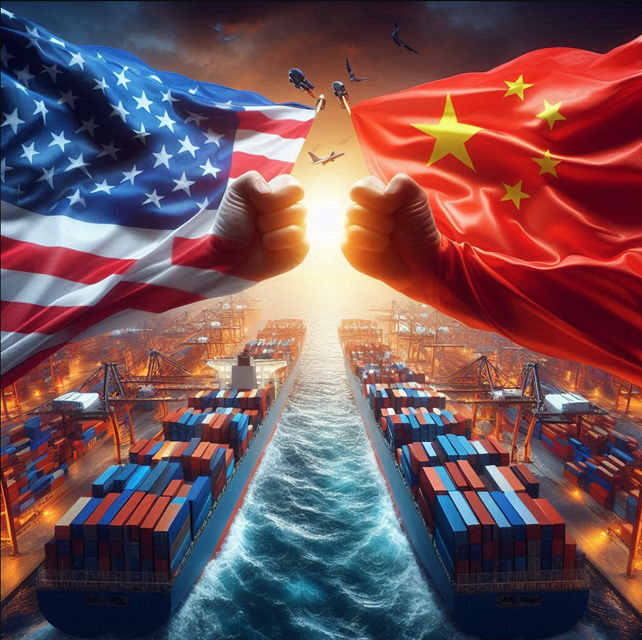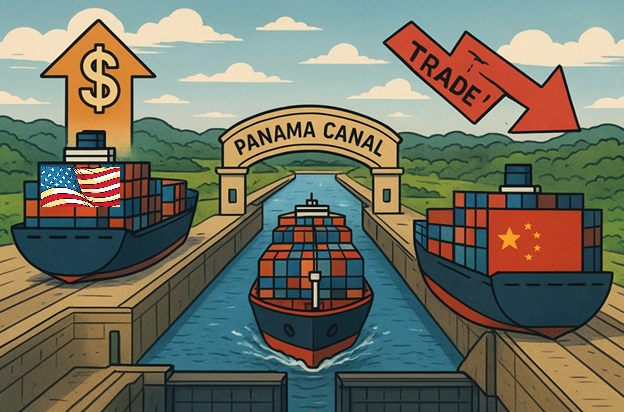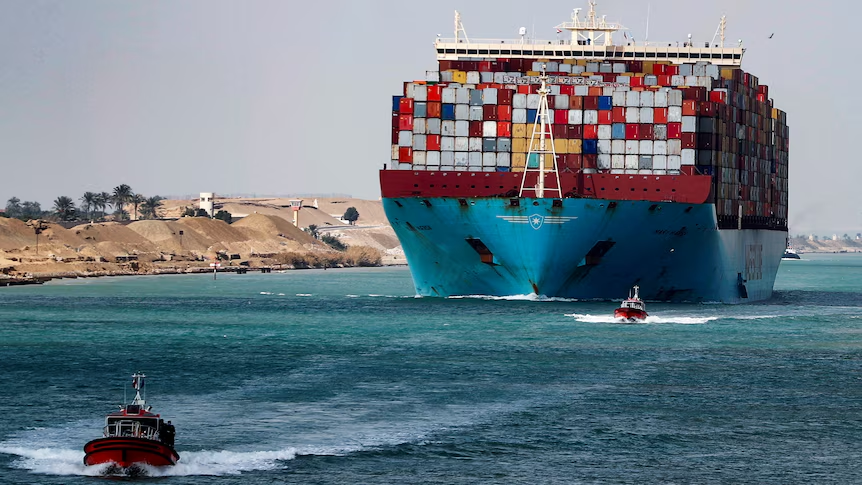As is well known, the new Trump’s administration is now implementing a series of economic measures designed to once again crown the United States as the leading global power.
Among these provisions, one stands out regarding the boost of the U.S. maritime industry, especially on topics such as shipbuilding and ship registration. Indeed, the US Trade Representative is considering new port call fees on Chinese-Built vessels which could range from $500,000 to $1.5 million per port call.
However, the U.S. shipbuilding revitalization’s plan hatched by Trump is likely to backfire since the measures would be taken against the so called “made in China” ships, which are the same ones that also largely serve the U.S. domestic market, helping import-export, fueling industry and provide employment for ports and all related clusters.
Furthermore, we can list the side effects of this policy as follows:
- Increase shipping costs for Chinese-built ships which can reduce competition and consequently arise the freight rates, especially that regarding bulk cargoes;
- Increase shipping costs also for U.S. importers and exporters depending on who are the shipping costs;
- Decreasing in U.S. exports, such us grain, oilseeds, petroleum and petrol gas, if many Chinese-built vessels decide to avoid U.S. port of call;
- Risk of diverting traffic to non-US ports, such as Canada’s and Mexico’s port and then complete the cycle with a final leg by rail or by truck;
- Risk of no immediate benefits for U.S. shipyards which go, instead, to South Korea and Japan and in mid-long term could go to India and Vietnam.

Chart 1: U.S. port calls in February for 10’s major container carriers (source: Alphaliner)
Based on the graph above we can say that among the 10’s largest container carriers some of them are likely to be much more affected than others by these U.S. countermeasures. For example, ZIM, COSCO and CMA CGM are likely to suffer the most from the taxes imposed by this maneuver, while Maersk, Hapag-Lloyd and Evergreen could stand it much better.
So, the impact of fees for “made in China” vessels could be very different for each carrier; for example, in the chart displayed ZIM would be the company most hurted by these kinds of duties because if the February trend is confirmed the percentage of Chinese-built vessels for U.S. port call is above 50% for the Israeli shipping company.
Also Edward Gonzalez, CEO of Florida-based Seaboard Marine, the largest U.S.-owned international ocean cargo carrier, during the USTR’s public hearing said: “”National interest will not be served if the effort to boost American shipbuilding unintentionally destroys American-owned carriers”.
So the question is: will this course of action be a game changer for the U.S. or a double edged sword?






